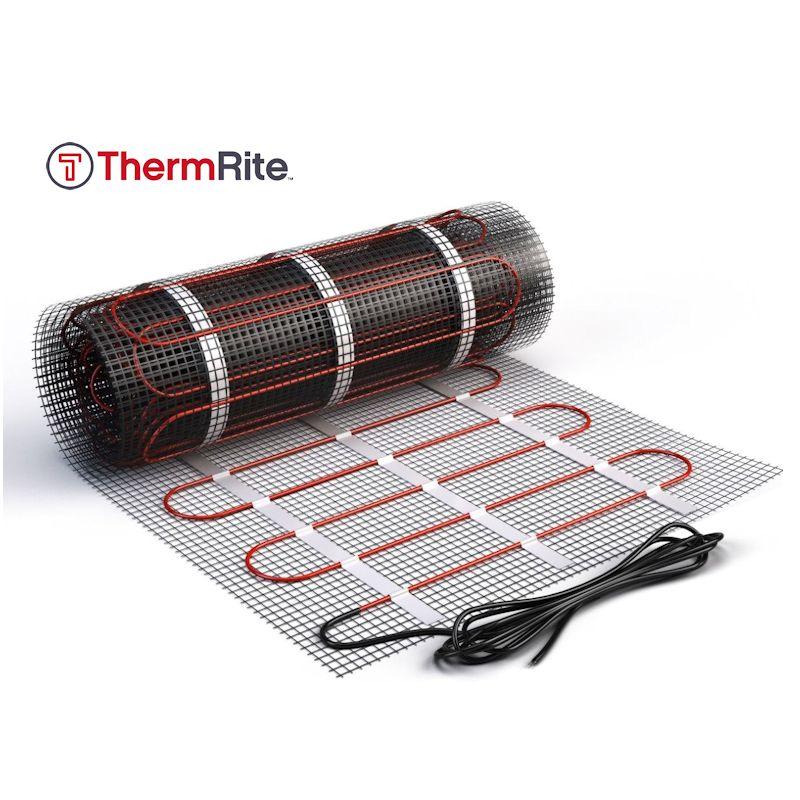Underfloor heating has become an increasingly popular choice for homeowners seeking a more efficient and comfortable way to heat their homes. This modern heating system offers several advantages over traditional radiators, including even heat distribution and energy efficiency. However, one common question that arises when considering underfloor heating is, “How long does it take for it to warm up?” In this article, we’ll delve into the factors that affect the warming-up time of underfloor heating systems and provide some tips for optimizing their performance.
Understanding Underfloor Heating Systems
Before we dive into the warming-up time, let’s briefly understand how underfloor heating systems work. There are two main types of underfloor heating: electric and hydronic (water-based). Electric underfloor heating consists of electric cables or heating mats installed beneath the floor covering, while hydronic systems use a network of pipes to circulate warm water.
In both cases, the heating elements are embedded within or beneath the floor, allowing them to radiate heat upward. This heat then warms the floor surface, which, in turn, radiates warmth into the room. Underfloor heating is known for its ability to provide consistent and comfortable heat throughout the living space, without the need for bulky radiators.
Factors Affecting Warming-Up Time
The time it takes for underfloor heating to warm up can vary depending on several factors. Here are some key factors that influence the warming-up time:
1. Floor Construction and Insulation
The type of flooring and its insulation properties play a significant role in how quickly your underfloor heating system warms up. Thin and well-insulated flooring materials, such as tile or stone, conduct heat more efficiently and heat up faster than thicker materials like hardwood or carpet. Adequate floor insulation also prevents heat from dissipating downward, ensuring that it warms the room rather than being lost to the subfloor or ground.
2. System Type
Whether you have an electric or hydronic underfloor heating system can impact the warming-up time. Electric systems tend to heat up faster because they directly convert electrical energy into heat, while hydronic systems rely on heating water and circulating it through the pipes, which can take slightly longer. However, both types can provide efficient and consistent heating once they reach the desired temperature.
3. Thermostat Settings
Your thermostat settings play a crucial role in determining how quickly your underfloor heating system warms up. If you set the thermostat to a lower temperature, the system will take longer to reach that temperature. Conversely, higher thermostat settings will result in faster heating. Programmable thermostats allow you to schedule the system to warm up before you need it, ensuring that your space is comfortable when you enter it.
4. Room Size
The size of the room being heated also affects warming-up times. Larger rooms will naturally take longer to heat up than smaller ones. It’s essential to consider the specific heating needs of each room and adjust the system accordingly. Some underfloor heating systems offer zoning options, allowing you to control the temperature in different areas of your home independently.
5. Initial Temperature
The starting temperature of the room can impact how long it takes for underfloor heating to warm up. If you’re trying to heat a room from a very low temperature, such as after it has been unoccupied for a while or during extremely cold weather, it will take longer for the underfloor heating system to reach the desired temperature.
6. System Design and Installation
The design and installation of your underfloor heating system are critical factors. Properly designed systems with evenly spaced heating elements will warm up more quickly and efficiently than poorly designed ones. Additionally, the quality of installation, including the spacing of heating elements and the use of proper insulation, can affect warming-up times.
Optimizing Your Underfloor Heating System
Now that we’ve explored the factors that influence warming-up times, let’s discuss some tips for optimizing your underfloor heating system:
1. Use a Programmable Thermostat
Invest in a programmable thermostat that allows you to set different heating schedules for various times of the day. This way, you can ensure that your underfloor heating system warms up the room to your desired temperature when you need it, without wasting energy when you don’t.
2. Choose the Right Flooring
Select flooring materials that conduct heat effectively. Tile, stone, and laminate are good choices, while thicker materials like hardwood or carpet may slow down the warming-up process. If you prefer carpet or other less conductive materials, consider using a lower-temperature system designed for such floors.
3. Properly Insulate Your Floor
Ensure that your floor is adequately insulated to prevent heat loss. Proper insulation not only speeds up the warming-up process but also helps maintain a comfortable and consistent temperature in your home.
4. Zone Your Heating
If possible, install zoning controls to divide your underfloor heating system into different zones. This allows you to heat specific areas of your home independently, reducing energy consumption and speeding up the warming process in frequently used spaces.
5. Plan Ahead
Plan ahead and schedule your underfloor heating to start warming up well before you need it. This will ensure that your space is comfortable when you enter it, without the need to wait for the system to heat up.
The warming-up time of underfloor heating systems can vary depending on various factors, including floor construction, insulation, system type, thermostat settings, room size, and initial room temperature. While it may take some time for the system to reach the desired temperature, underfloor heating offers efficient and even heating once it’s up to speed. By optimizing your system and following the tips mentioned above, you can enjoy the comfort and energy efficiency that underfloor heating has to offer, while minimizing the wait time for a warm and cozy home.



